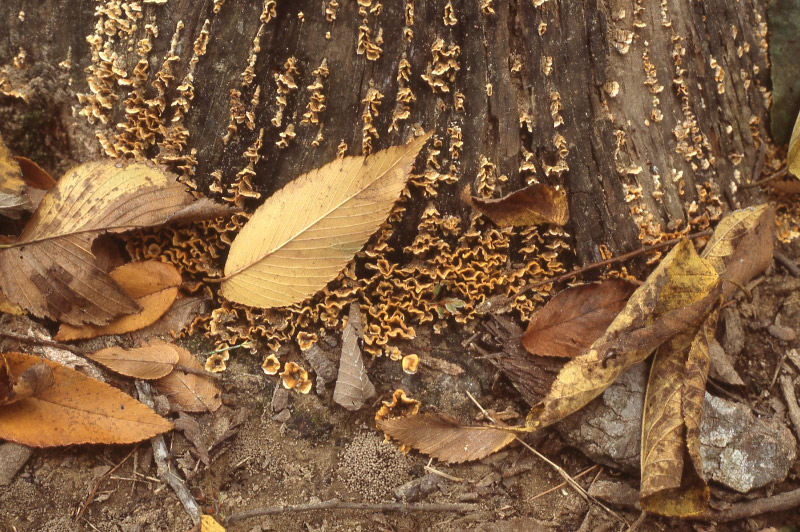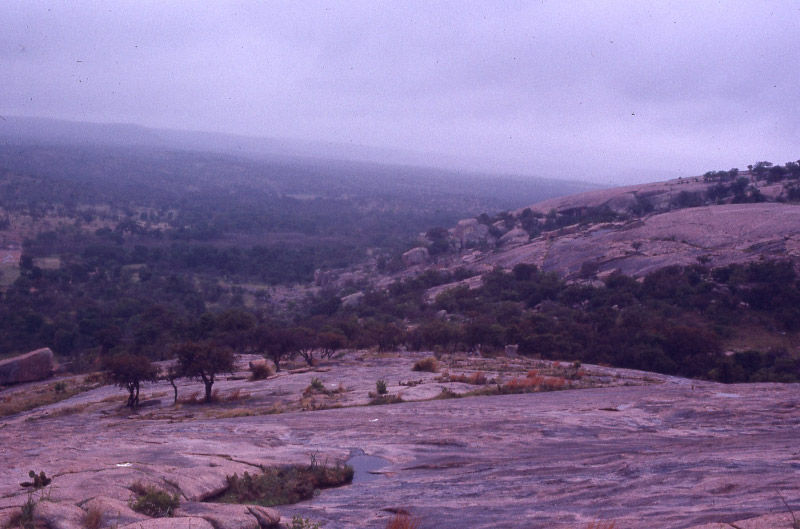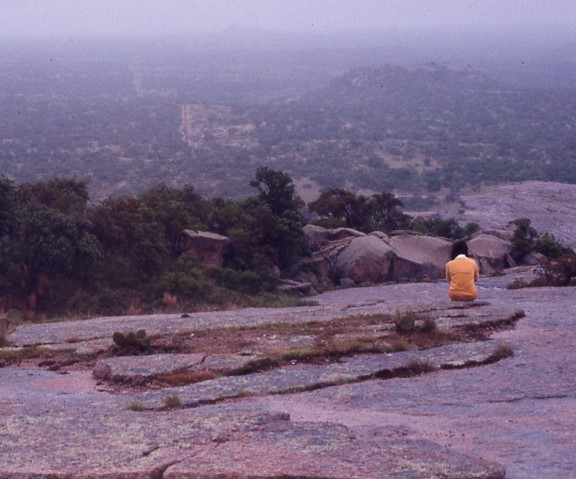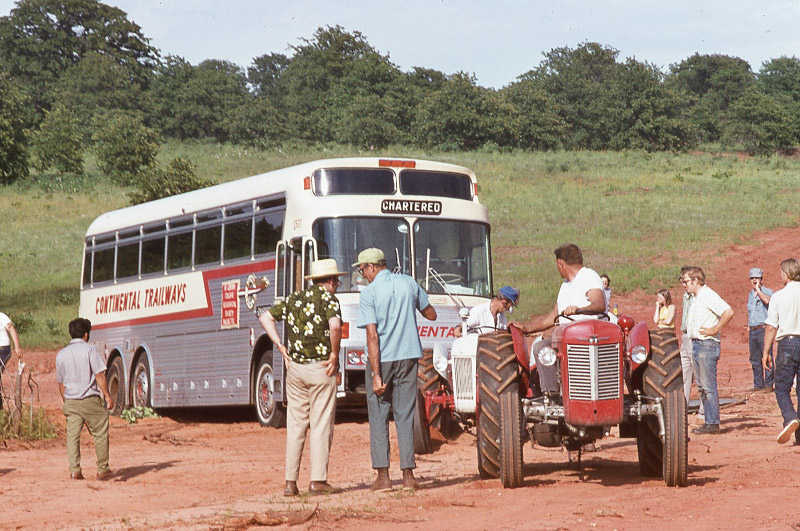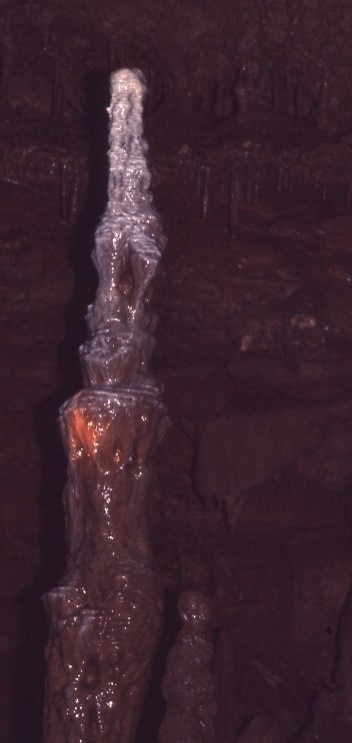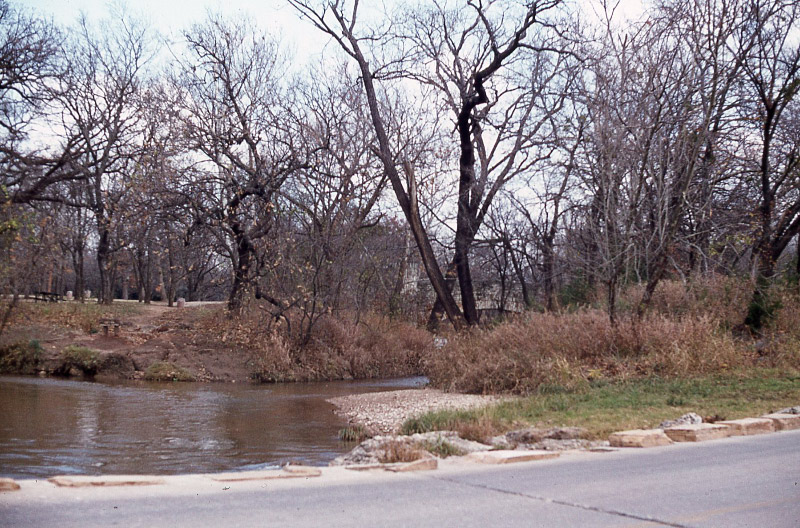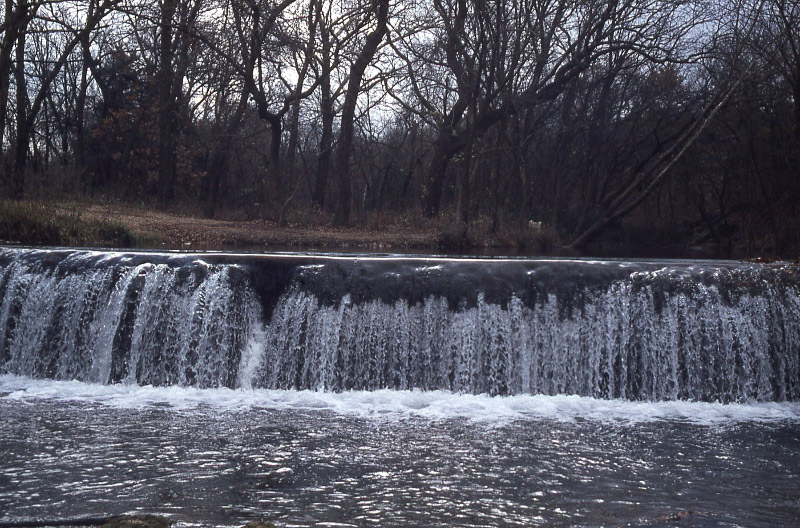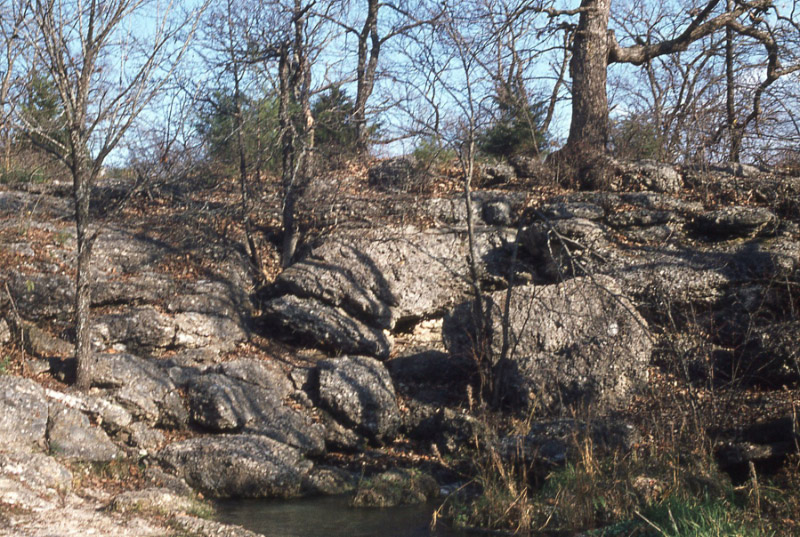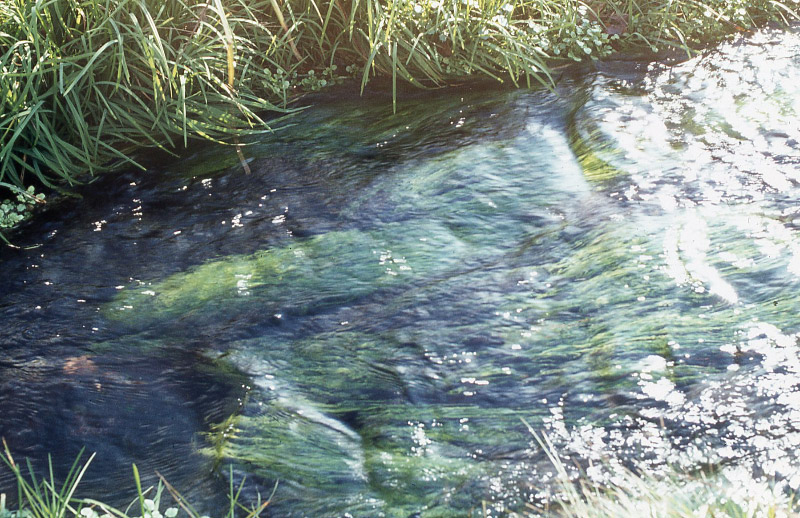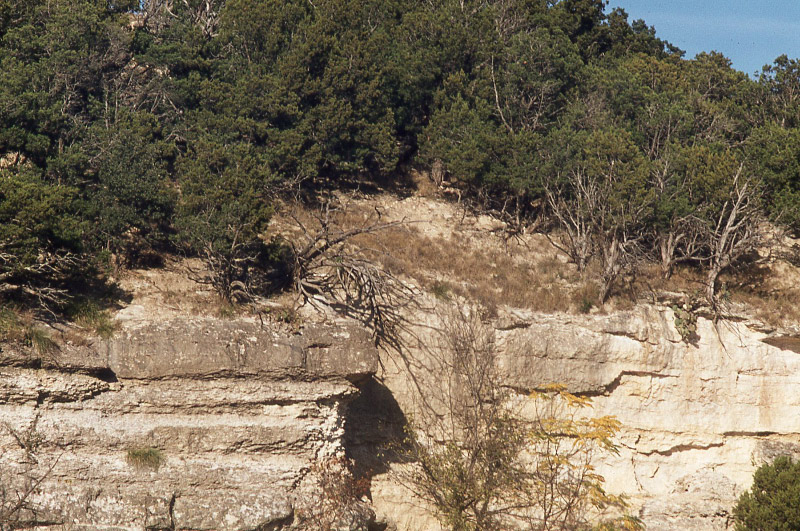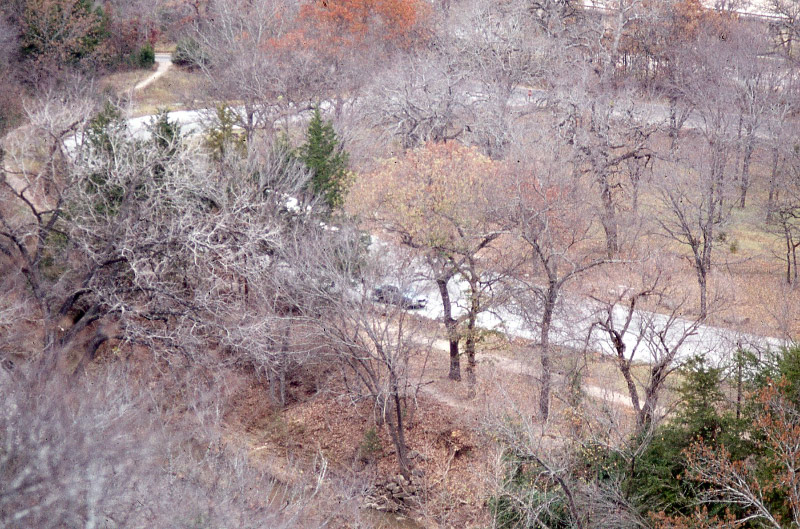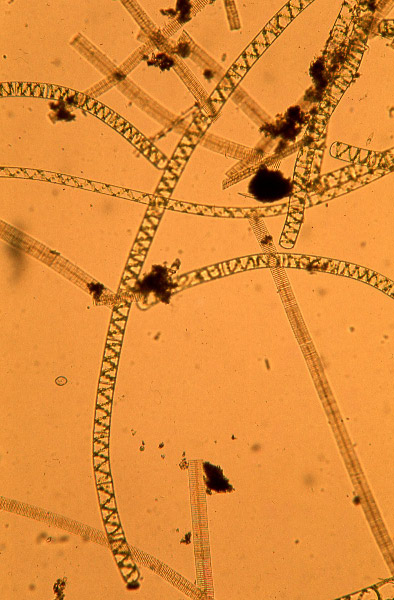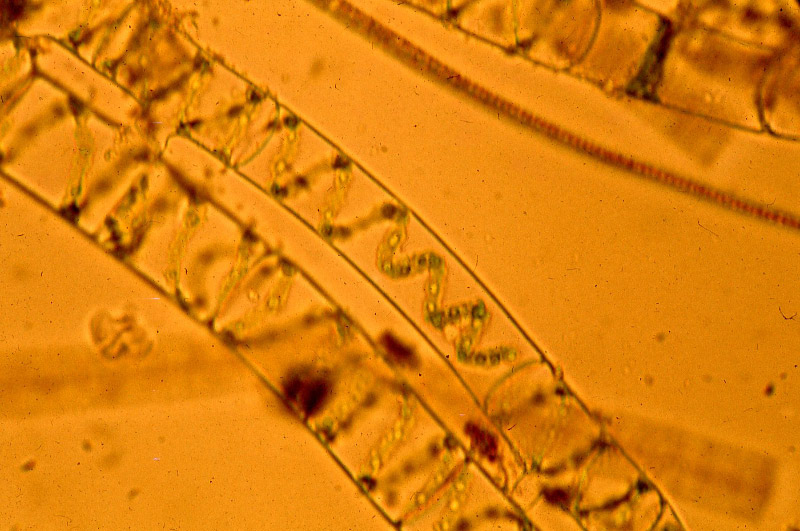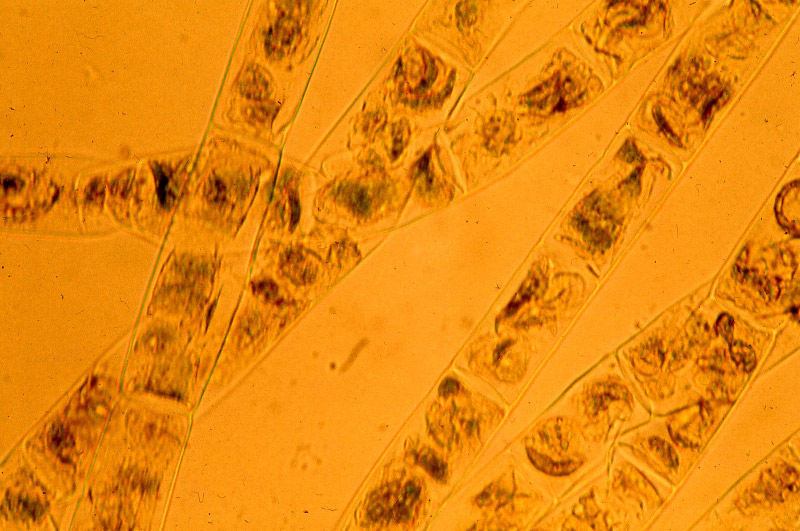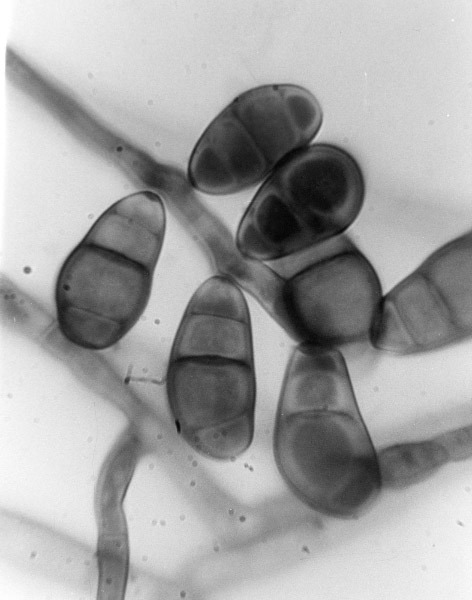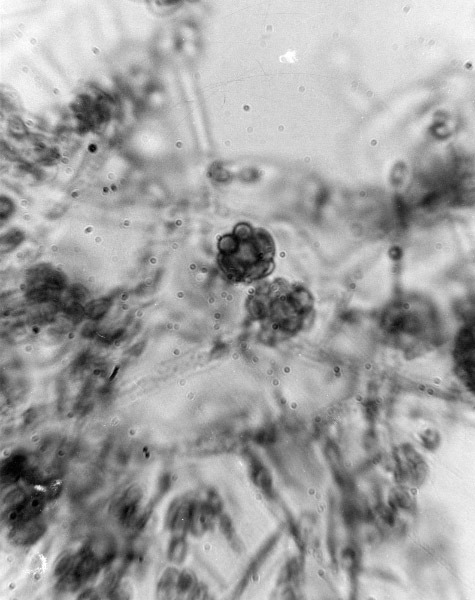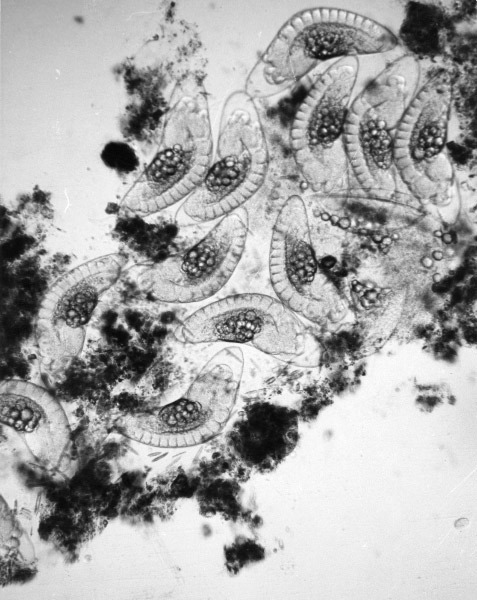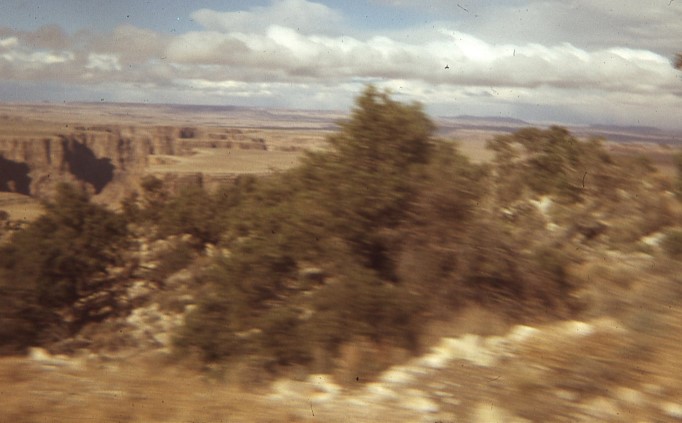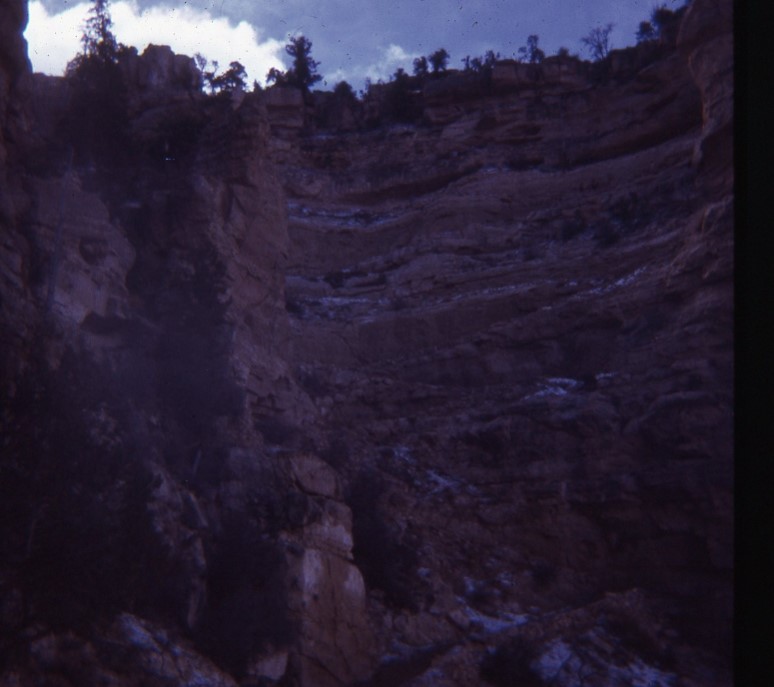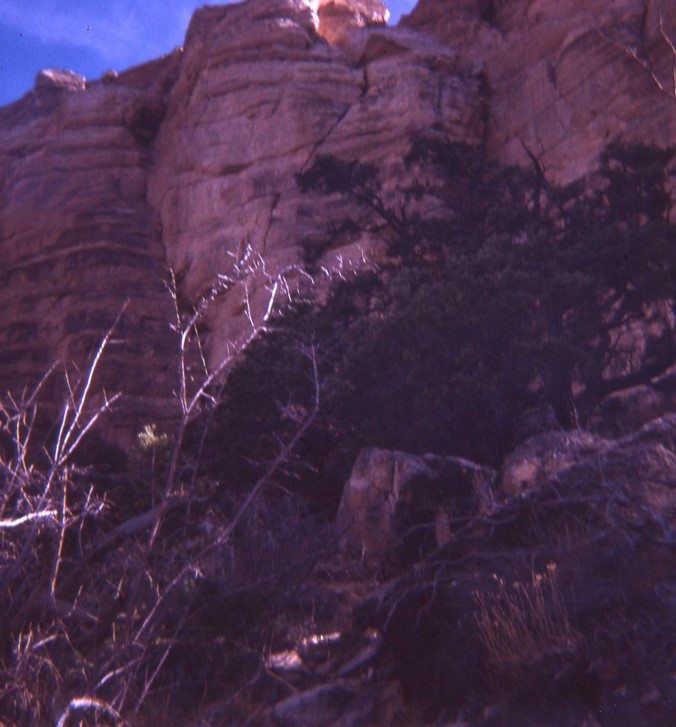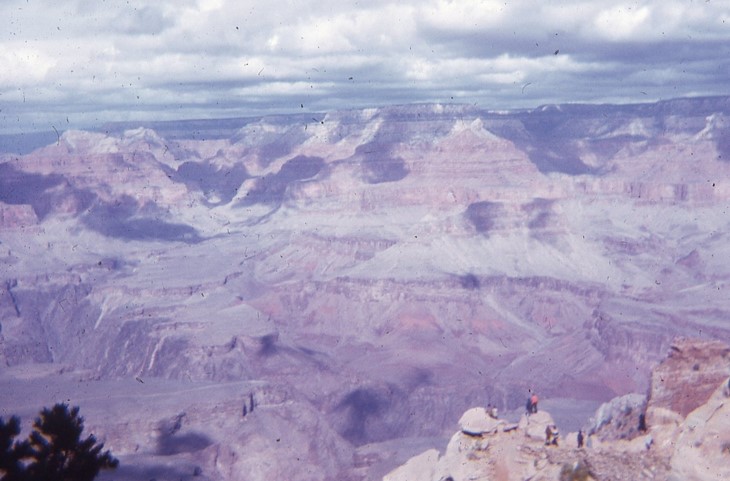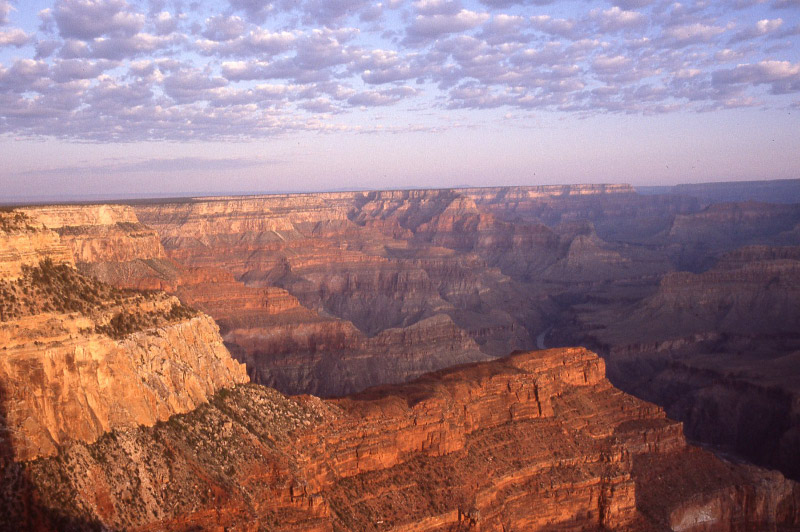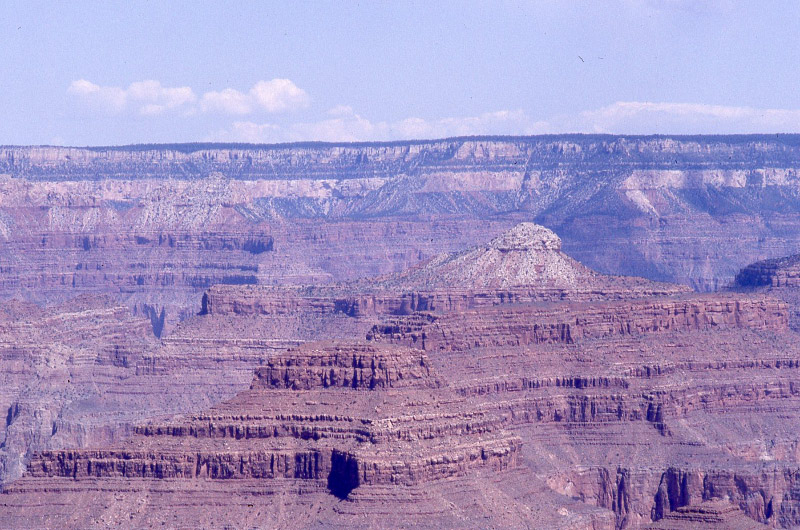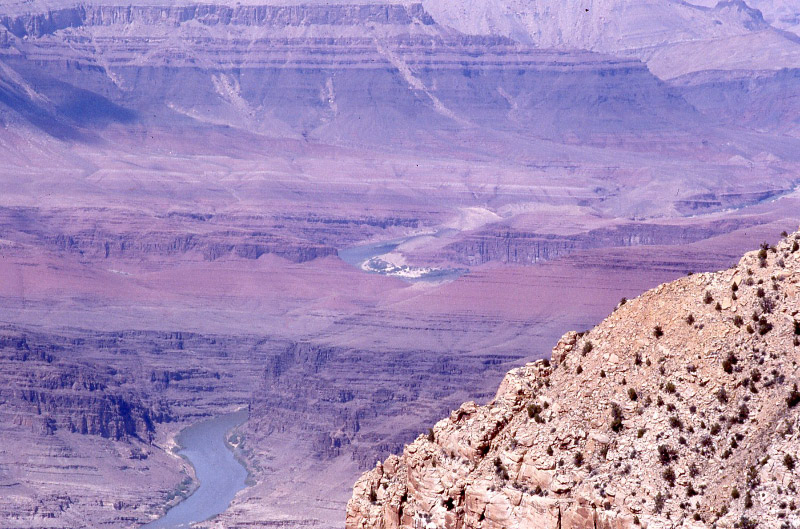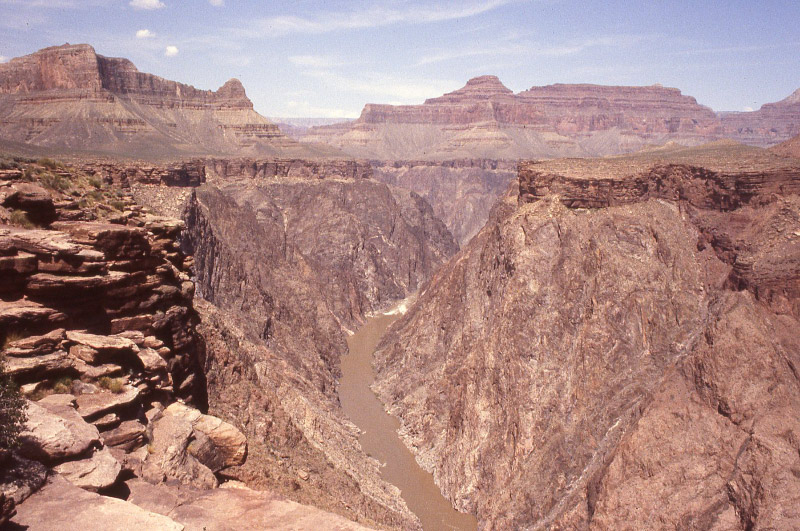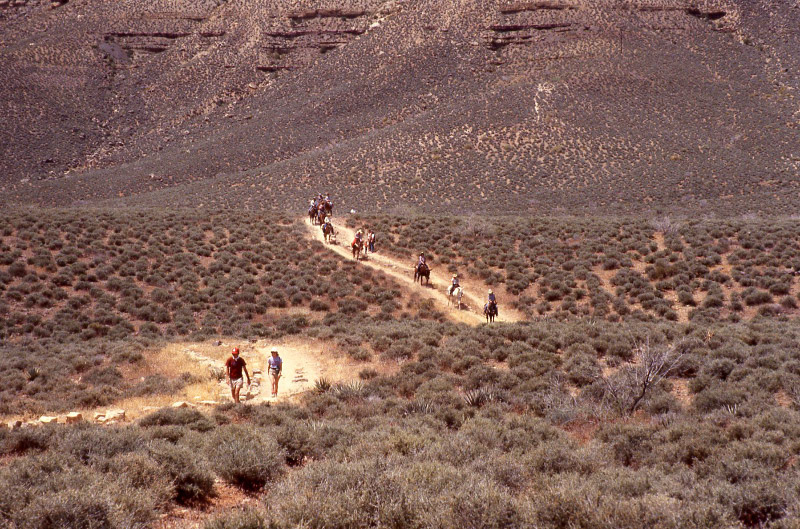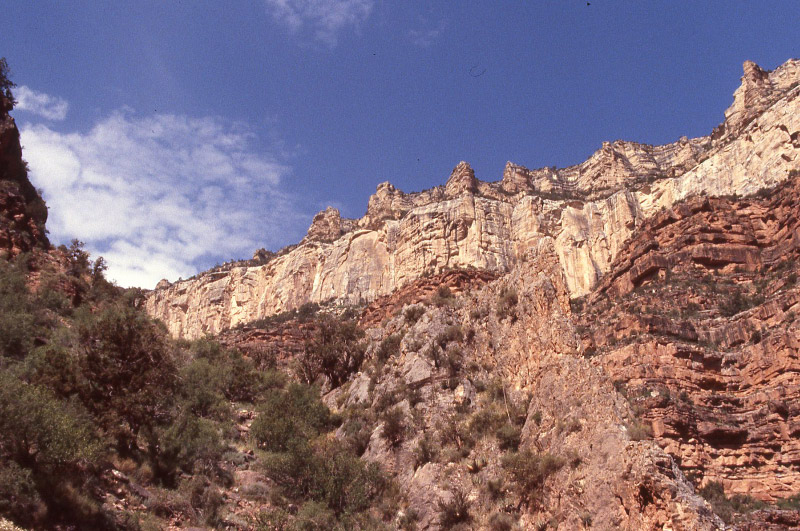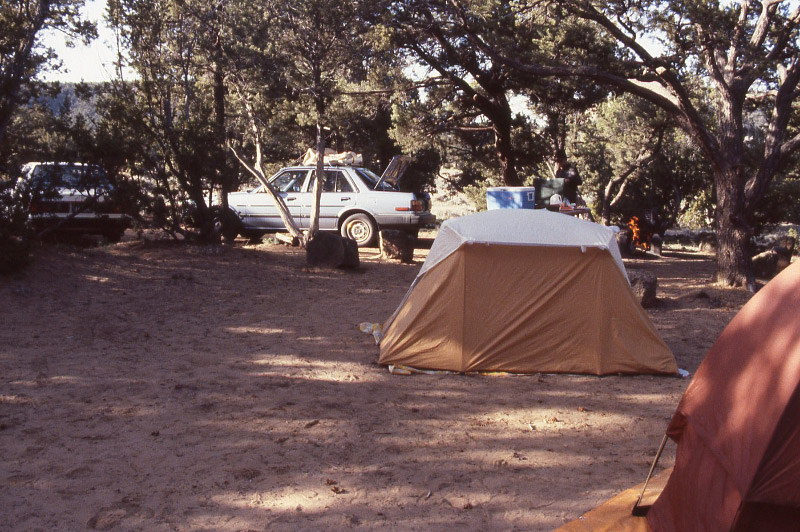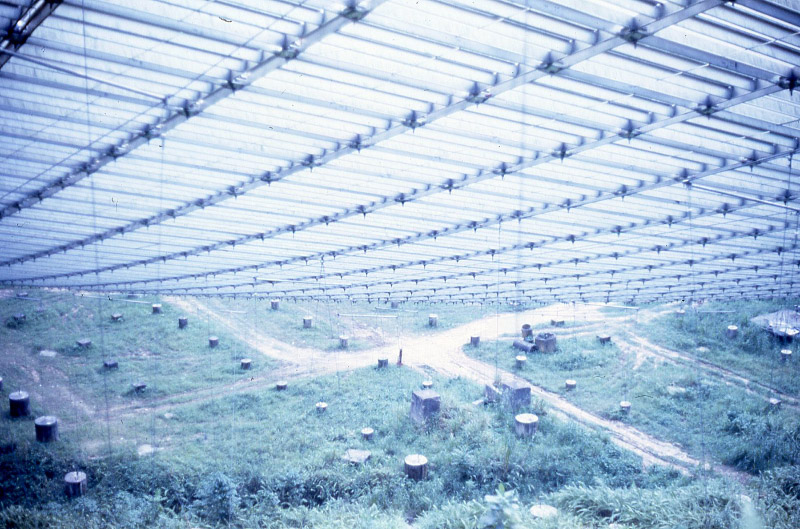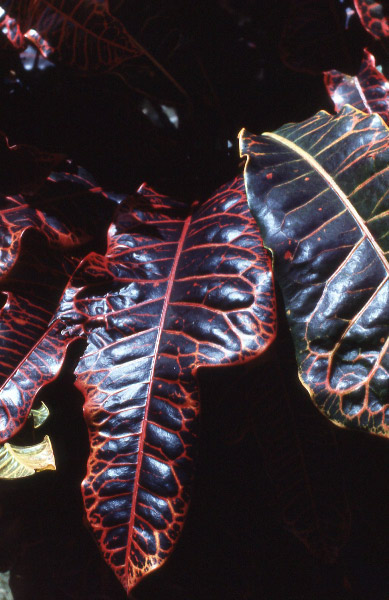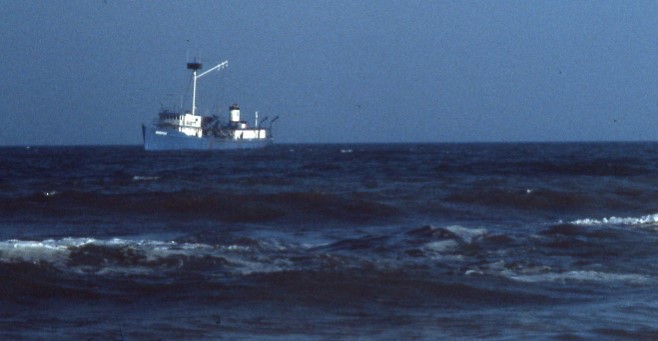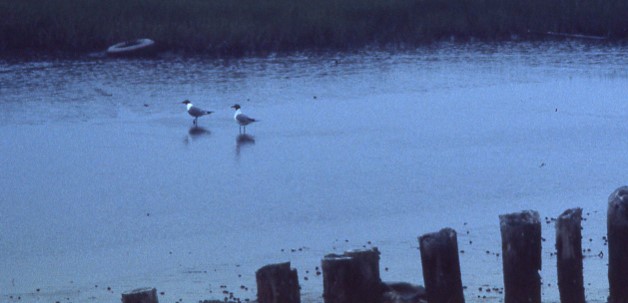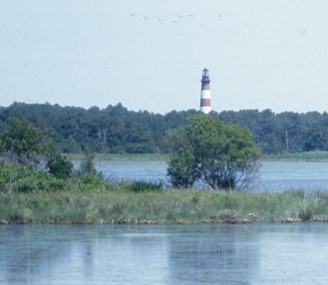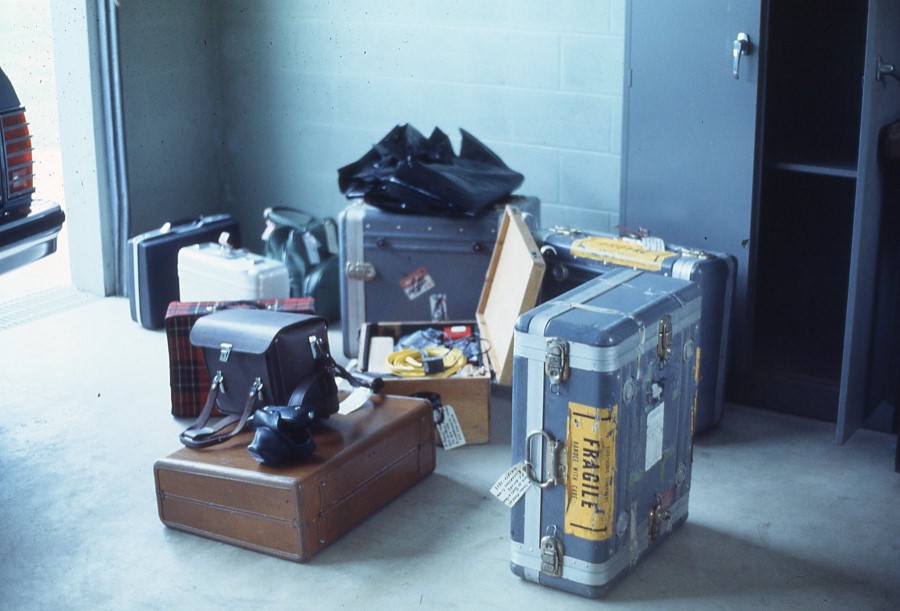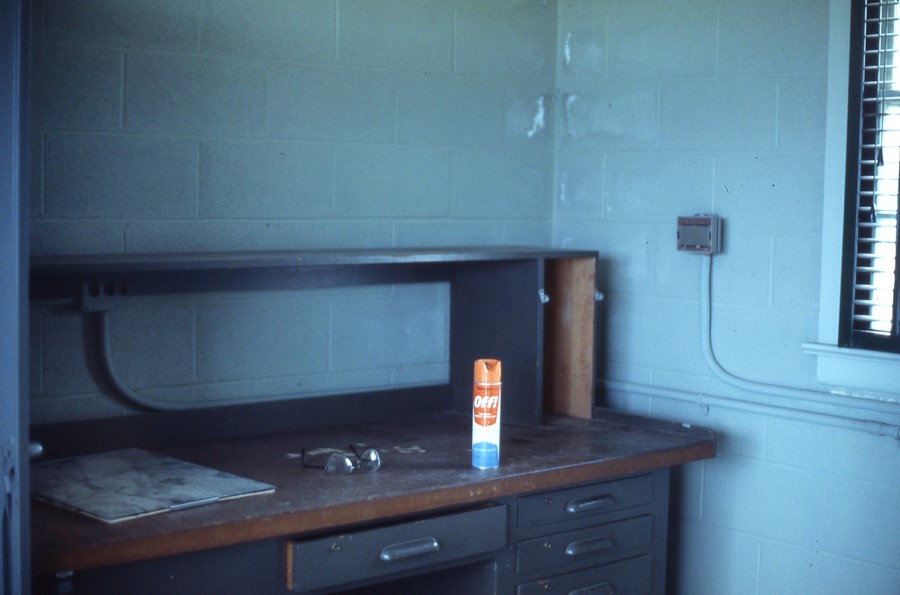1979 – Southeast Oklahoma in the Fall
/ Back in the last 70s and early 80s, we enjoyed a fall foliage camping trip almost every year. I favorite destination was southeastern Oklahoma and western Arkansas….where there were more trees than the area around Dallas. In 1979, we made two trips during the fall. The first one was in September when most of the trees were still green and it was to visit relatives further north than our usual fall stops. But we made a stop at a place just off the highway called Limestone Gap. There was a railway bridge over a stream – that was crumbling even then. Based on the weeds growing on top – maybe the train already was running over a new bridge.
Back in the last 70s and early 80s, we enjoyed a fall foliage camping trip almost every year. I favorite destination was southeastern Oklahoma and western Arkansas….where there were more trees than the area around Dallas. In 1979, we made two trips during the fall. The first one was in September when most of the trees were still green and it was to visit relatives further north than our usual fall stops. But we made a stop at a place just off the highway called Limestone Gap. There was a railway bridge over a stream – that was crumbling even then. Based on the weeds growing on top – maybe the train already was running over a new bridge.
The highway at that time did not have rest stops…so this stream and crumbling bridge made a pleasant stop for a picnic south of McAlester OK. My family had stopped there for years when we were on that stretch of highway. This picture was taken at one of the last times we stopped before the highway was upgraded – there was no longer a ‘Limestone Gap’ sign for the turn off – and we stopped at a fast food restaurant or truck stop further along the highway rather than a ‘scenic’ stop.
Later in the season, we made our annual camping trip. Many of the leaves had already fallen from the trees.
But there was still a golden quality to the forest with a few leaves hanging on and many on the ground – but not enough to cover the rocky floor of the forest.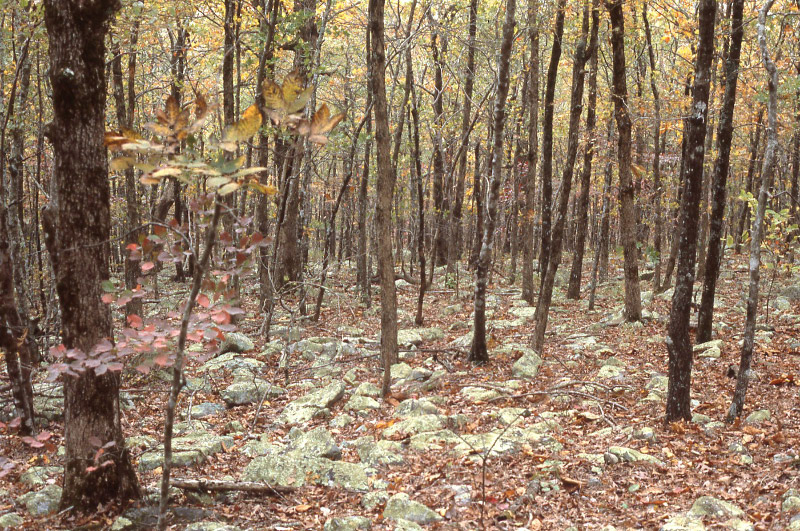
The golden them was carried with mushrooms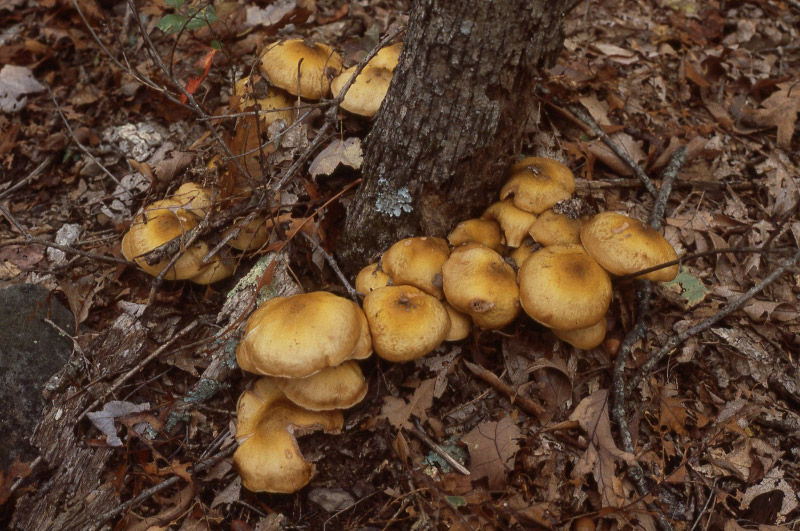

And shelf fungus.
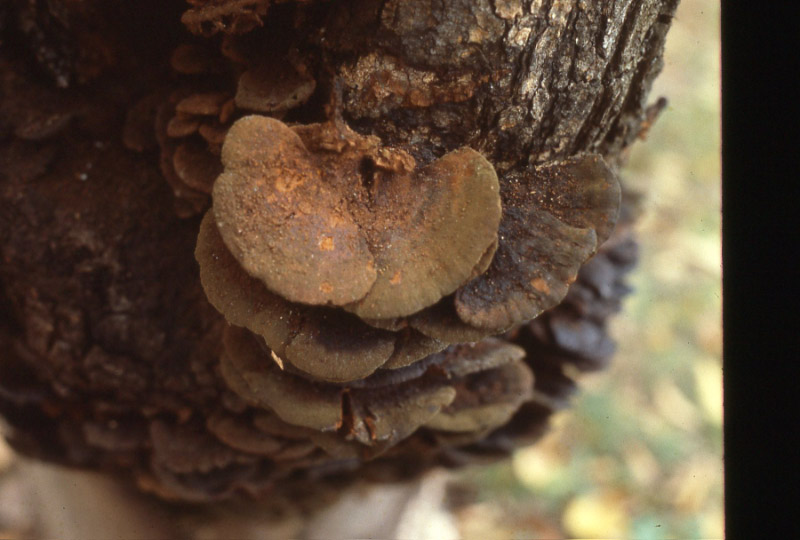
My husband picked the picture below as his favorite and printed it as an 11x14 not long after the trip.